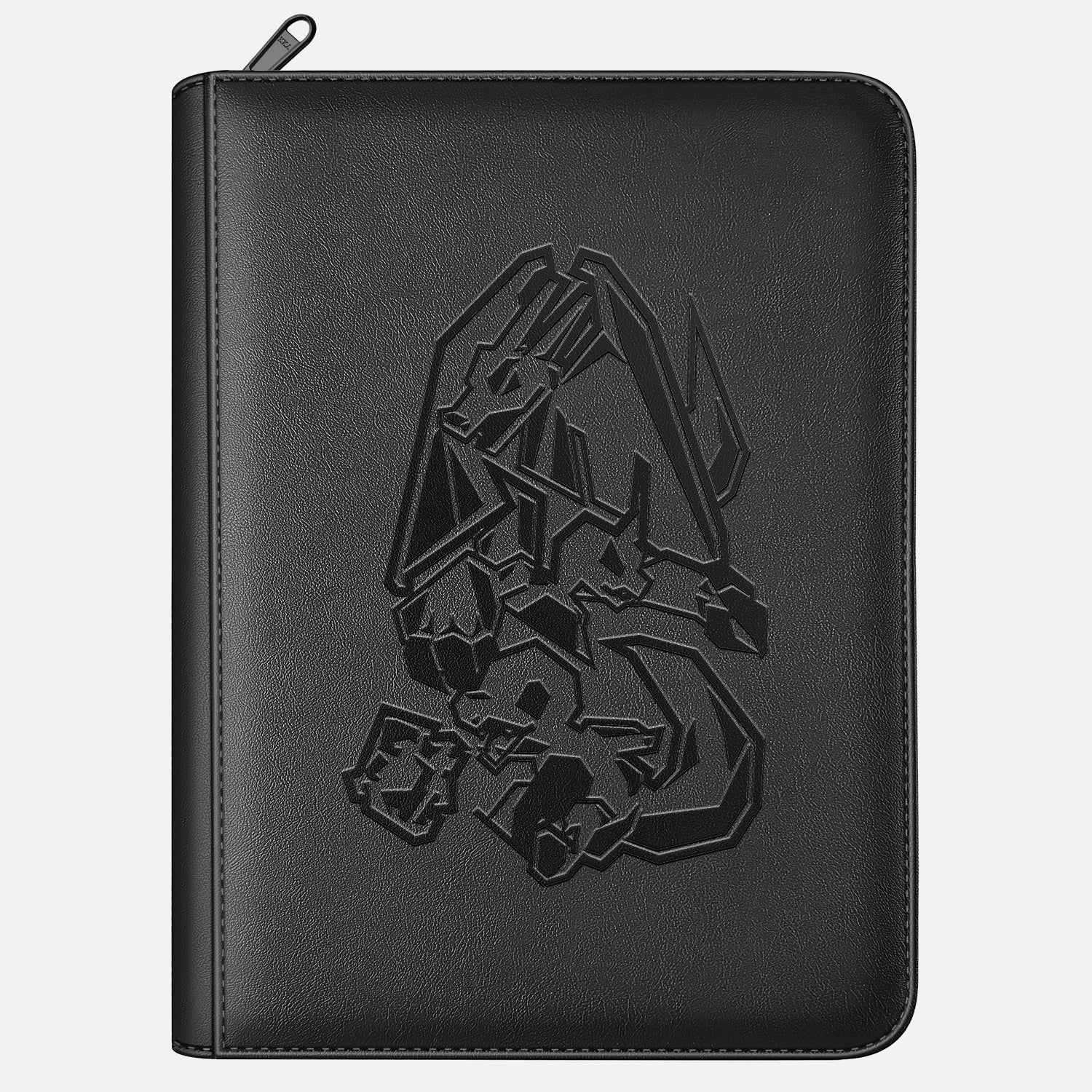New to the world of Pokémon cards? The Pokémon Trading Card Game (TCG) comes with its own vocabulary. Understanding these terms will help you read cards and talk to other collectors with confidence. Here are seven essential pieces of Pokémon card jargon every beginner should know:
-
Rarity Symbols – Ever notice the small symbol in the bottom corner of a Pokémon card? This icon tells you how common or rare the card is within its set. A black circle (●) denotes a common card, a black diamond (◆) means uncommon, and a black star (★) indicates a rare card. These rarity symbols help you quickly gauge how easy a card is to find. (Cards marked with a star and the word “PROMO” are promotional cards given out at special events.)

-
Holographic (“Holo”) Cards – Some cards have a shiny, reflective foil layer on the artwork. In a holo card, the Pokémon’s image is holographic (sparkly), making the creature stand out. By contrast, a reverse holo card has a holographic background while the Pokémon image itself is not foil. Both types look special, but holo cards are generally harder to find and more sought after than reverse holos.

-
Evolution Stages – Pokémon cards come in different stages: Basic, Stage 1, and Stage 2. A Basic Pokémon is one you can play directly onto the field. A Stage 1 Pokémon usually evolves from a Basic Pokémon, and a Stage 2 Pokémon evolves from that Stage 1. In other words, evolution cards are played on top of the previous stage to represent the Pokémon growing stronger. You can’t play a Stage 1 card unless you have its Basic form in play, following the natural evolution chain of that Pokémon.

-
Hit Points (HP) – Every Pokémon card has a number called HP (short for Hit Points) at the top. This number tells you how much damage the Pokémon can take before it is knocked out. Higher HP means the Pokémon can endure more damage in battle. For example, a Pokémon with 120 HP can take more hits than one with 60 HP. Once a Pokémon’s accumulated damage meets or exceeds its HP, it’s defeated and removed from play.

-
Weakness & Resistance – Many Pokémon have a listed Weakness or Resistance to certain attack types. If a Pokémon has a Weakness to a particular type, it will take extra damage from that type of opponent. For instance, if a card shows a Fire symbol under Weakness, it might take double damage from Water-type attacks. Conversely, Resistance means the Pokémon takes reduced damage from a specified type – the card will show a “−” value next to the type it resists. These effects are printed on the card and help determine how battles play out (a common example: a Resistance might reduce damage by 20 or 30 points from that type).

-
Energy Cards – Energy cards provide the power needed for Pokémon to perform their attacks. Each attack on a Pokémon card has symbols showing required energy types (like Fire 🔥 or Water 💧 energy). Energy cards of the matching type must be attached to your Pokémon to use those attacks. For example, a Charizard’s Fire attack might need Fire energy cards attached to it before it can be used. Energy comes in different types corresponding to Pokémon elements (Fire, Water, Grass, Lightning, etc.), and you include these cards in your deck to fuel your Pokémon in battle.

- Trainer Cards – Not every card in a booster pack is a Pokémon or Energy. Trainer cards represent items, supporters, and other aids that you can use during the game. They are special cards you play to gain various advantages or effects in a match. For instance, an Item card might let you heal your Pokémon, a Supporter card might help you draw extra cards, or a Stadium card can change the rules of play. Trainer cards are labeled at the top (e.g. “Trainer – Item”) and can be played according to their instructions to support your strategy.

By familiarizing yourself with these key terms, you’ll find it much easier to understand your Pokémon cards and enjoy the TCG. Whether you’re collecting or battling, knowing this jargon will level up your confidence as a beginner in the Pokémon card community!








![[ Complete Guide ] What’s the Best Binder for Pokémon Cards?](http://ravaver.com/cdn/shop/articles/ChatGPT_Image_2025_8_1_11_24_22.png?v=1754019157&width=1536)


